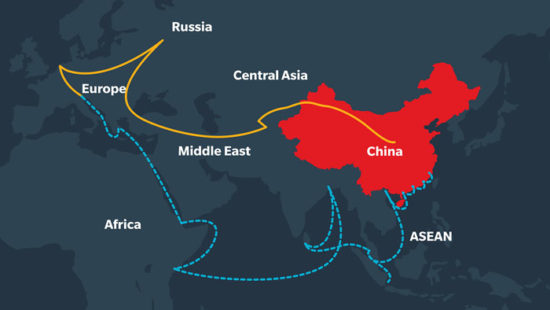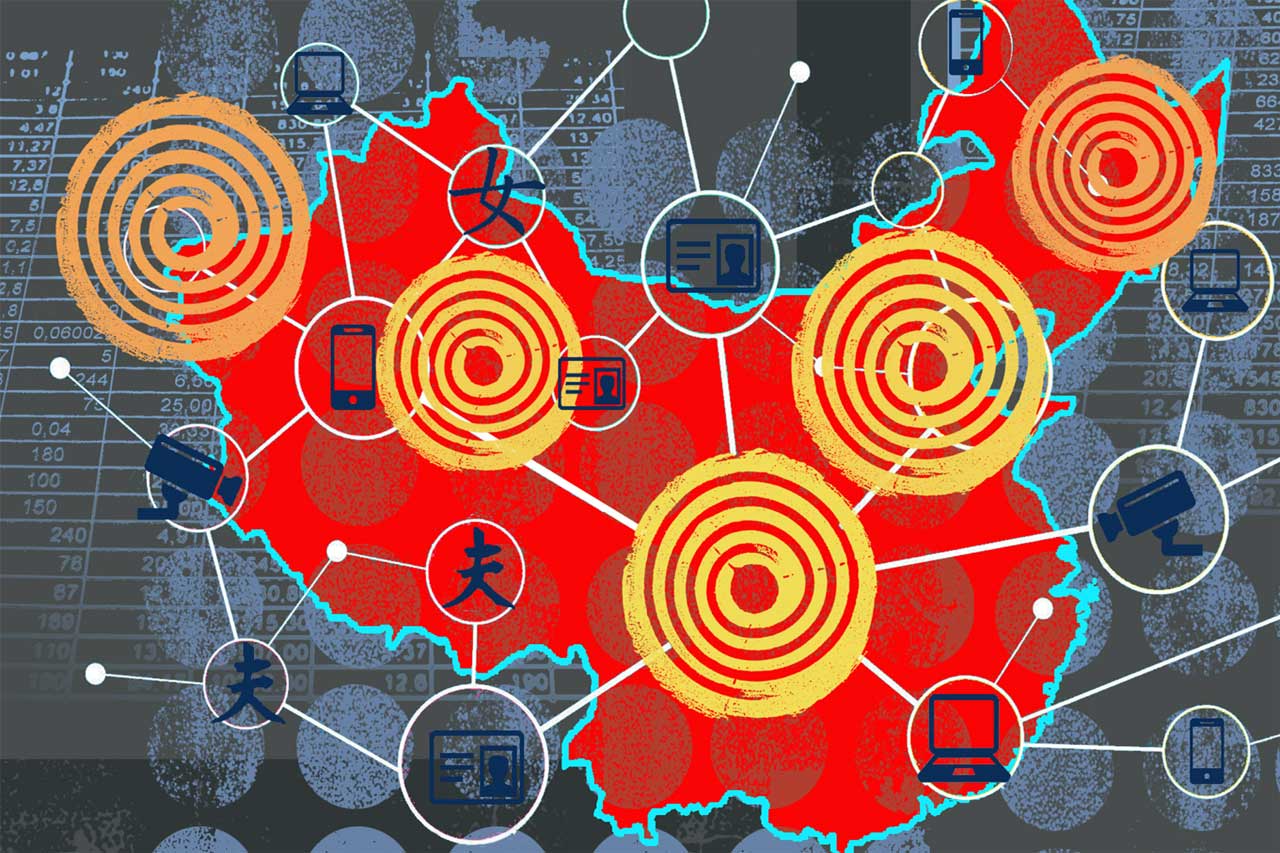The COVID-19 pandemic ushered in an unprecedented surge in e-commerce, pushing years’ worth of digital retail evolution into just a few quarters. By 2022, nearly 21% of all retail sales in the U.S. were conducted online—a record at the time. Fast forward to 2025, and while online growth has slowed to more sustainable levels, it remains significantly above pre-pandemic benchmarks. E-commerce sales are stabilizing after the post-pandemic surge, but hybrid retail strategies like BOPIS, live commerce, and click-and-collect are powering sustained growth in 2025
However, what’s even more compelling is the rise of hybrid retail models. Consumers aren’t retreating from digital shopping—they’re demanding more flexible, interactive, and seamless experiences that blend online and offline elements. Click-and-collect, BOPIS (buy online, pick up in-store), and live commerce are no longer novelties. They’re mainstream.
This blog will explore the latest data and trends shaping e-commerce and hybrid retail in 2025. We’ll look at the real-world shifts in consumer behavior, retailer innovation, and strategic insights from experts like Mattias Knutsson to understand where digital commerce is heading next.
Slower but Steady: The State of E-Commerce in 2025
The days of 30%+ annual growth in online sales are gone, but that doesn’t mean e-commerce is shrinking. Instead, it’s entering a period of healthy normalization.
U.S. E-Commerce Retail Sales Growth (2020–2025)
| Year | E-Commerce Share of Retail (%) | YoY Growth (%) |
|---|---|---|
| 2020 | 15.6 | 32.4 |
| 2021 | 18.4 | 20.8 |
| 2022 | 20.8 | 13.0 |
| 2023 | 21.7 | 7.5 |
| 2024 | 22.4 | 6.4 |
| 2025 | 23.1 (est.) | 5.8 (est.) |
(Source: U.S. Census Bureau, eMarketer projections)
While growth has tapered, total e-commerce sales in the U.S. are expected to top $1.7 trillion in 2025. Globally, China continues to dominate, with e-commerce accounting for over 40% of total retail sales.
Hybrid Retail Is Taking Over
In 2025, hybrid retail—where digital and physical commerce are integrated—is not just a response to consumer demand but a strategic advantage for retailers.
Key hybrid models gaining traction:
- BOPIS (Buy Online, Pick Up In Store)
- BORIS (Buy Online, Return In Store)
- Curbside pickup
- Live commerce (real-time video shopping)
BOPIS Adoption by Retail Sector (2025)
| Sector | Adoption Rate (%) | YoY Increase |
|---|---|---|
| Grocery | 88 | +4.5% |
| Electronics | 79 | +3.2% |
| Apparel | 65 | +2.8% |
| Home goods | 61 | +3.7% |
Retailers like Walmart, Target, Best Buy, and Sephora have invested heavily in hybrid infrastructure. In fact, 68% of U.S. retailers surveyed in a 2025 Accenture report said that hybrid shopping options have increased customer loyalty.
Why Customers Prefer Hybrid Retail

The shift isn’t just technological—it’s behavioral. Here’s what’s driving the hybrid momentum:
- Speed and Convenience: BOPIS offers same-day pickup with no shipping delays.
- Cost Savings: Customers save on shipping fees and avoid return costs.
- Tactile Experience: Being able to see, touch, and try before committing boosts confidence.
- Inventory Transparency: Real-time stock updates help avoid disappointment.
- Flexibility: Shopping happens on the consumer’s terms.
In a recent Shopify report, 72% of consumers said they are more likely to shop with a brand that offers a mix of online and offline options.
The Rise of Live Commerce
Live commerce—a blend of video streaming and e-commerce—is expected to generate over $70 billion in U.S. sales in 2025, up from $30 billion in 2022.
Key drivers:
- Influencer-led product demos
- Real-time Q&A and purchasing
- App integration (Instagram, TikTok, Amazon Live)
Top Live Commerce Platforms by Usage (U.S. 2025)
| Platform | Market Share (%) |
|---|---|
| TikTok Shop | 38 |
| Instagram Live | 25 |
| Amazon Live | 20 |
| YouTube Live | 10 |
| Others | 7 |
Live commerce appeals particularly to younger demographics (18–34), with Gen Z leading adoption.
Retailer Strategies for 2025
Retailers are responding with more than just website updates. They’re overhauling their tech stacks and physical footprints.
Common tactics include:
- Expanding local fulfillment hubs
- Integrating AI for inventory prediction
- Enhancing app interfaces with AR try-ons
- Training in-store staff to fulfill online orders
Target’s 2025 initiative, for example, involves converting 20% of its U.S. stores into “sortation centers” to streamline pickup and delivery.
Challenges of Hybrid Retail
While hybrid models are booming, they come with hurdles:
- Logistical complexity
- Inventory management errors
- Staffing and training needs
- Technology integration across platforms
Retailers must invest in unified commerce platforms that can merge POS, CRM, and e-commerce data for a single customer view.
Global Context and Future Outlook
Countries like South Korea and China are pushing even further ahead in hybrid innovation. In Korea, over 50% of retail transactions now occur through multi-channel shopping. Alibaba’s Hema stores in China combine app-based ordering, robotic fulfillment, and in-store experiences in futuristic ways.
In the West, Amazon continues to blur lines with its cashierless Amazon Go stores and expanding same-day delivery network.
According to Forrester, global hybrid retail sales are projected to reach $5.4 trillion by 2027.
Expert Insight: Mattias Knutsson on the Hybrid Retail Evolution
Mattias Knutsson, a respected thought leader in procurement and business development, sees this hybrid evolution as a logical step in the maturation of global retail.
“It’s not a matter of online vs. offline. The future belongs to those who can fuse the two seamlessly.”
He emphasizes the need for flexible supplier networks, real-time demand sensing, and smart fulfillment systems.
“Retailers that embrace digital transformation while maintaining human-centric service models will lead. Procurement teams must align closely with marketing and technology to deliver end-to-end agility.”
Knutsson also highlights the geopolitical dimension: sourcing diversification, ethical supplier standards, and digital supply chain visibility are essential for resilience in this fast-moving landscape.
Conclusion:
E-commerce may not be growing at pandemic-era speeds, but it’s far from stagnant. The story of 2025 is about adaptation, not slowdown.
Hybrid retail—through BOPIS, live commerce, and curbside pickup—is reshaping how we define convenience, loyalty, and value. Retailers that meet consumers in every channel—digitally and physically—are building stronger, more sustainable models.
And as Mattias Knutsson reminds us, those who master this integration will not only survive—they’ll redefine retail success in the next decade.
The question isn’t whether e-commerce is still strong. It’s whether your strategy is smart enough to keep up.





